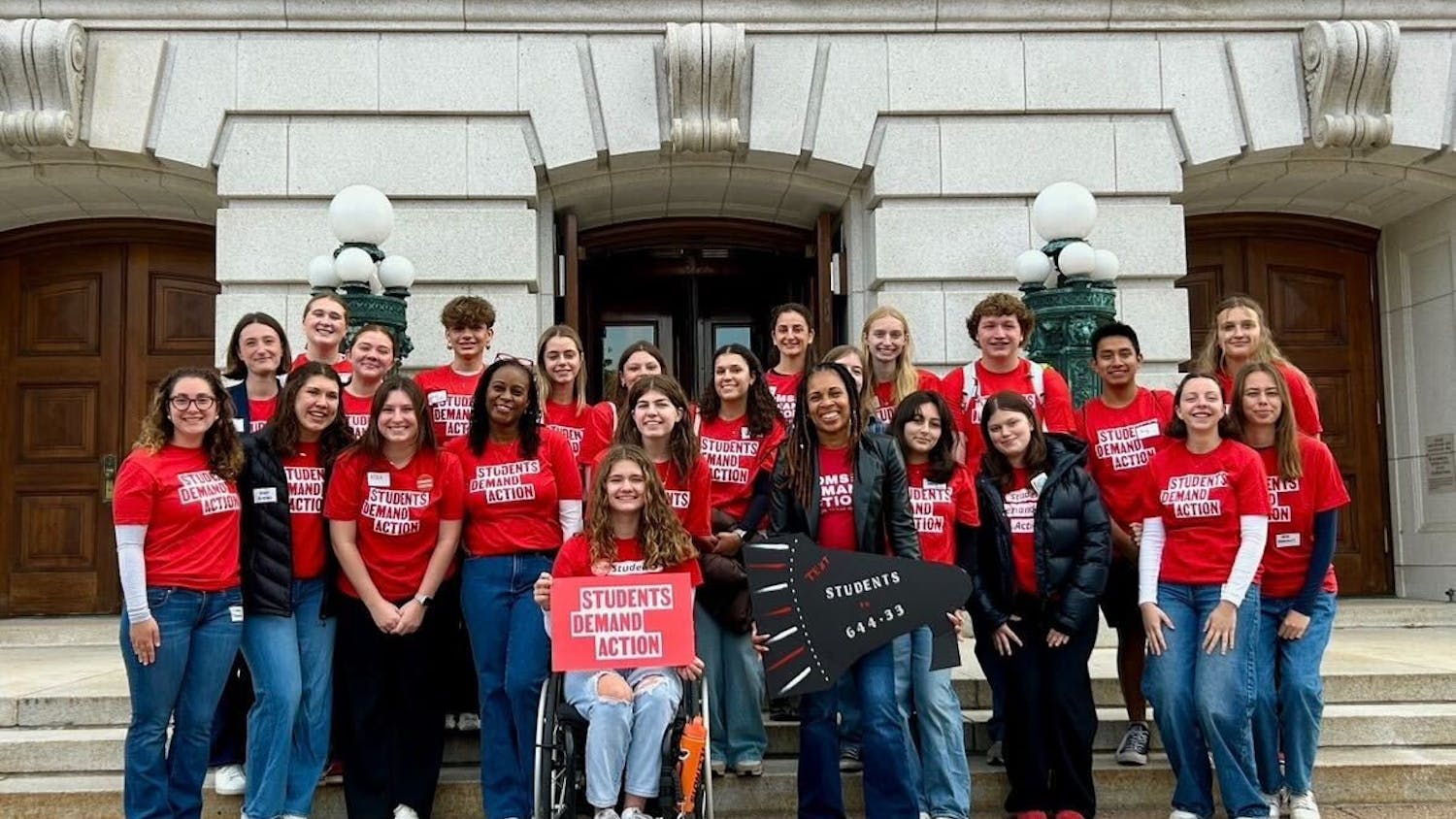SCIENCE
Wisconsin is a great place to grow switchgrass.
That might not sound like much of a claim to fame, but if a company started by UW-Madison professor Ron Raines has its way, switchgrass - and other agricultural byproducts - could become an important new part of the Wisconsin energy landscape.
Raines is a co-founder of a new Wisconsin-based biofuels company called Hyrex Energy, which last month won first prize at the 2012 Clean Energy Challenge. Hyrex is commercializing technology developed in Raines’s lab to convert materials like switchgrass and the leftover stalks, husks and cobs from corn production into useful sugars and fuels.
Much of the public debate about clean energy focuses on electricity generation using solar, water, wind or nuclear energy. But electricity isn’t the right answer for all of the world’s energy needs.
“None of these can have an impact on transportation or materials,” said Raines. “For example, there will never be an electric airplane.”
The energy density in liquid fuels is much higher than in any source other than nuclear fuel. For better or worse, liquid fuels are an essential part of our energy future.
Creating liquid fuels from renewable sources is a significant challenge. The most successful biofuel thus far has been ethanol. However, ethanol has less than half the energy content of gasoline, and it mixes easily with water, which makes it harder to burn.
Scientists have developed ways to convert sugars into other fuels, like octane, and into chemical precursors for making a host of useful materials. Many of these processes use specialized bacteria to do the chemical conversion. But whether they are used to make ethanol or other chemicals, all of these processes require sugars as starting materials.
The question, said Raines, is “how do we make the sugars?”
Most corn ethanol today is produced only from starch in the edible parts of the corn plant. But almost two thirds of the weight of the rest of the plant - the stalk, husks, cobs and leaves, collectively called corn stover - also consists of sugars. If these sugars could be processed into useful materials, it would greatly increase the energy yield from these crops.
The problem is that most of these sugars are bound up in forms that are very difficult to use.
Sugars are made of small rings of carbon and oxygen atoms. Simple sugars, like glucose and fructose, are made of just one ring each. These small sugar molecules are easy for bacteria to convert into useful chemicals.
But sugar molecules can also link together into much more complex structures, called polysaccharides, with hundreds or thousands of units linked together in long chains. Some polysaccharides, like the starch in corn kernels, are easy to break apart into useful sugars.
Others polysaccharides, however, like the cellulose in corn stover, are much more difficult to process. These strings of sugar units also stick together and are wrapped up in other long molecules, making them even harder to access.
In order to make useful sugars from cellulose, said Raines, you first “have to sort of unwind the threads and cut them into the glucose pieces.”
This is easier said than done. Breaking cellulose apart into simple sugar units requires dissolving the cellulose and reacting it with water, but this is tricky because cellulose doesn’t actually dissolve in water.
However, cellulose does dissolve in some salts that melt near room temperature, known as ionic liquids. The ionic liquid disrupts the hydrogen bonds holding the strands of cellulose together, making it easier to dissolve.
Raines and his student Joseph Binder reasoned that if they dissolved cellulose in an ionic liquid, they could slowly add just enough water to make the reaction go. (For an example of this process, see the following video from Raines.)
Following this method, they were able to convert cellulose into glucose with nearly ninety percent efficiency. Bacteria fed with these sugars were easily able to convert them into ethanol.
So far, Raines’s research group has only demonstrated that this process works on a small scale in the lab. However, Raines is optimistic that scaling up the process will be possible with existing technologies and that it will eventually enable his company to produce sugar for much less than the current market price.
Raines is particularly enthusiastic about basing his new company in Wisconsin because of the state’s strong agricultural tradition and because the climate is just right for growing many of the starting materials for making biofuels.
“Biofuels is made for the midwest,” he said. “It’s our moment in Wisconsin.”





